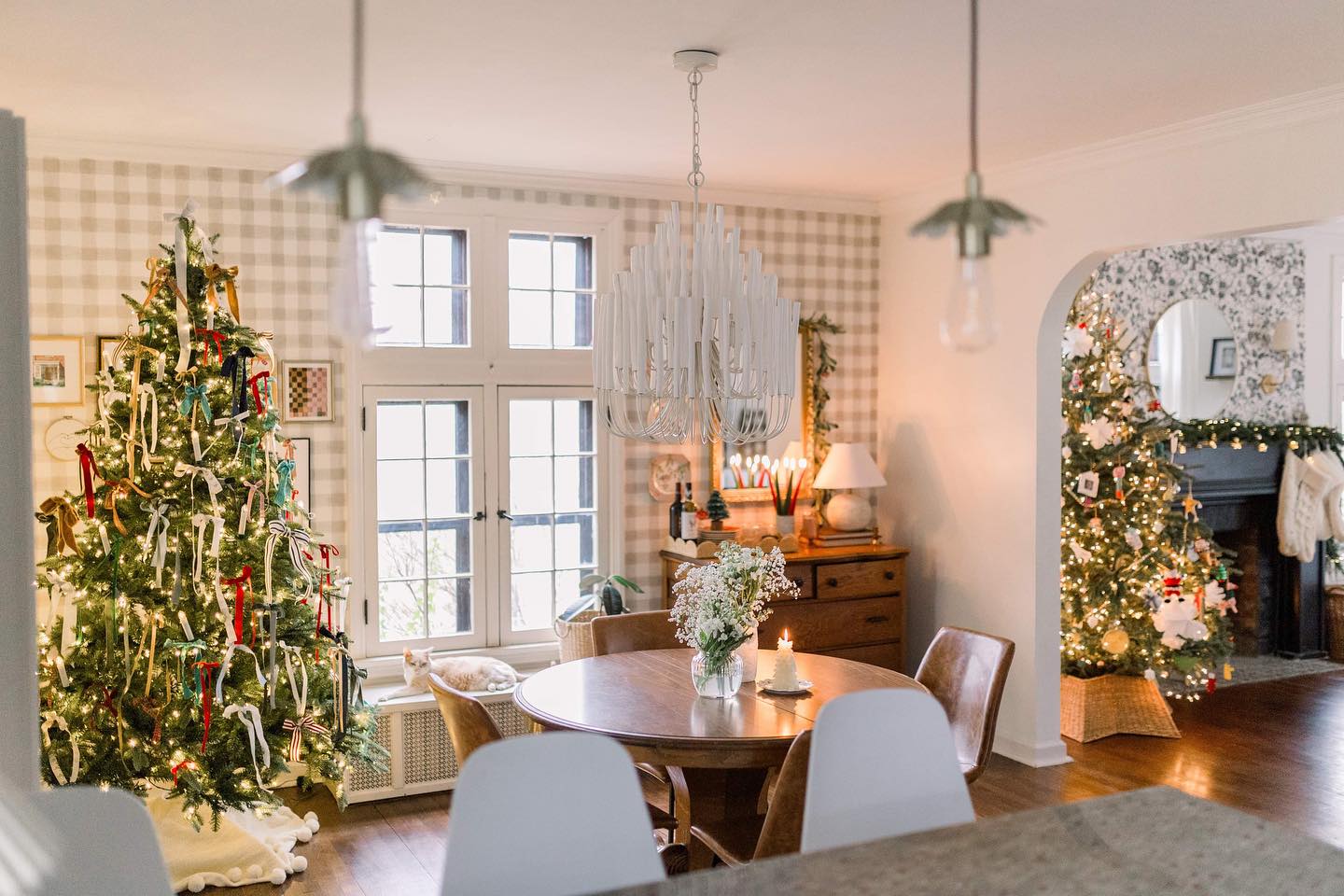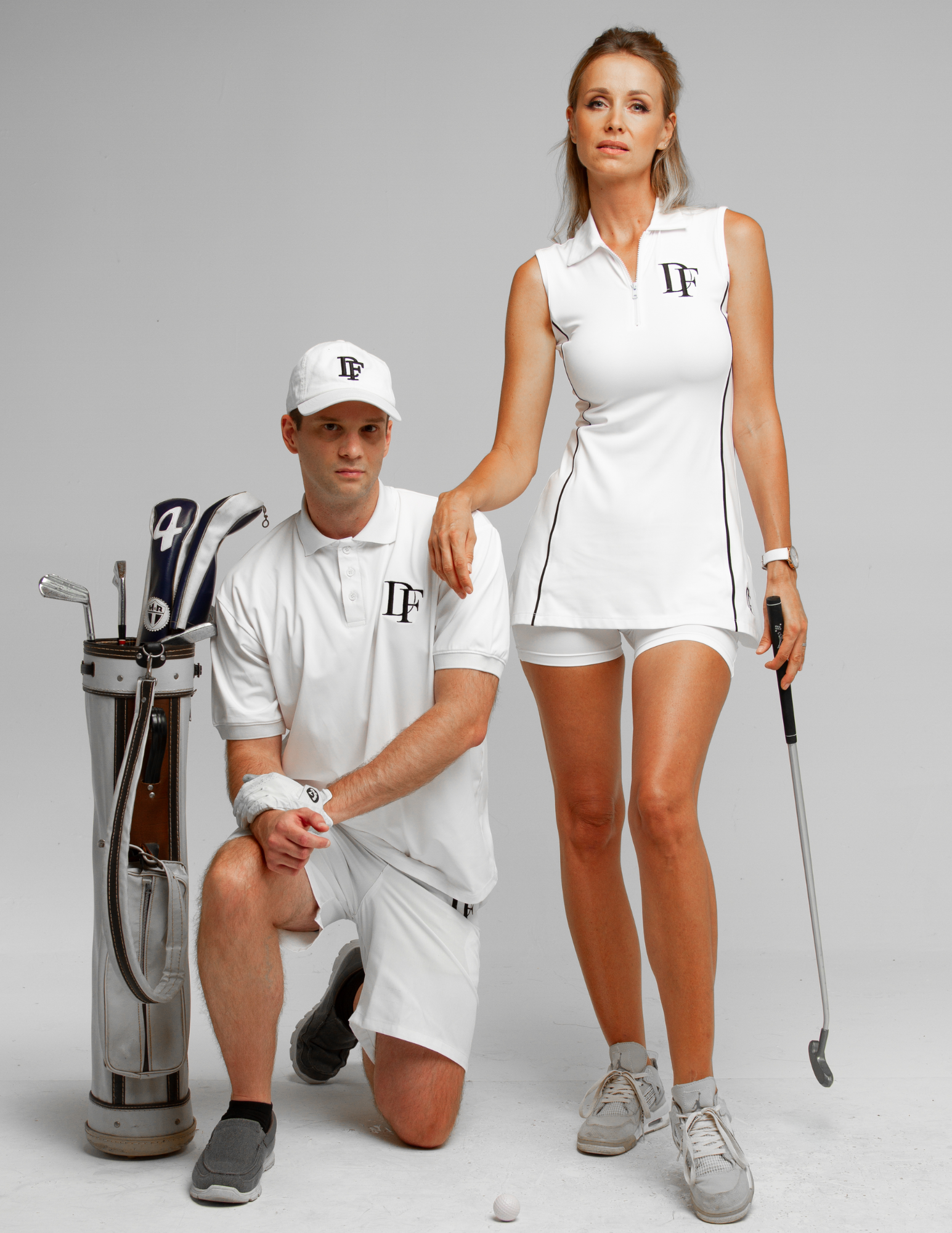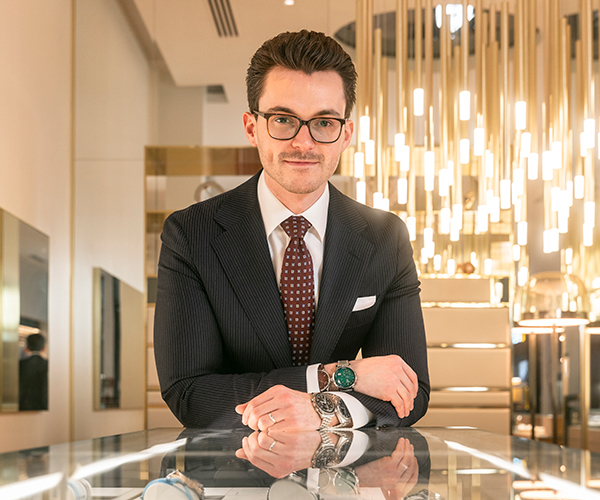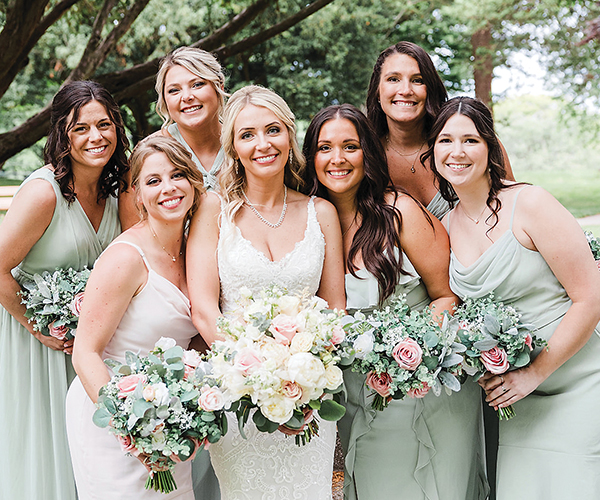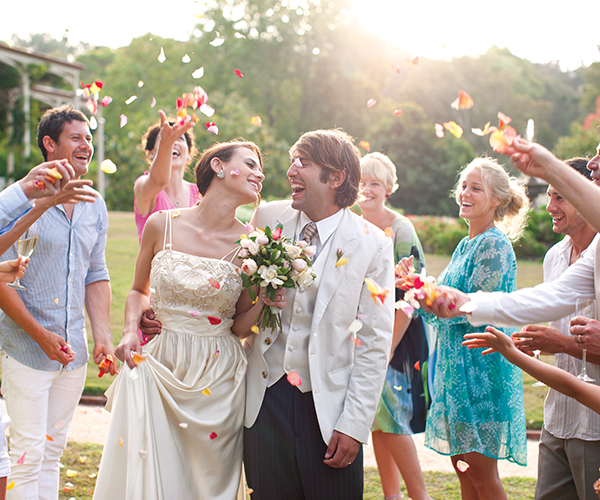Right Fit
Dolores Leffler moved to Richfield Village 44 years ago with her family, attracted by the rural atmosphere and the first-rate Revere Local Schools. She's watched the village evolve from countryside to town — our No. 1 suburb this year. At 77, Leffler volunteers at the St. Victor Catholic Church she attends, and she takes part in Mayor Bobbie Bashara's annual fitness challenge.
We felt like we were moving out to a rural area. We didn't call it a suburb at that time. When we moved out here, you still saw a lot of cornfields, a lot of cattle sitting around.
My house is just a ranch, one floor, with an acre-and-a-third, pine trees in the yard. The neighbors are close, but not too close.
They put in a development right behind us, where 74 acres were. It looks nice, because they kept all the old trees. It's sort of hilly.
I'm part of the mayor's fitness challenge. This is the second year she's doing it. They're telling us to do 2,400 minutes of exercise in 20 weeks. It's in conjunction with University Hospitals Ahuja Medical Center. Once a month we have a meeting with them. Last month they brought a chef from there, with healthy recipes to use, like a beet relish. Next month it's about exercises.
I think she's a very good mayor, very personable, concerned about the residents. She likes to listen to the people, to see what they have to say. She goes to the fitness center I go to.
We have 5 miles of hiking trails. The land was all purchased by the village. One is in Richfield Woods, a park we use for baseball and soccer games and summer camp. That connects with another trail, through a piece of property that has community gardens in the summertime and a pond where you can fish. The other trail is behind our library. They grade it with stone. There's bridges there.
We have a very unique library. It's red, it's not very old, and they built it to look like a barn, I think just to adapt to the area. Outside, they have the animals from the story Charlotte's Web. But somebody did steal the pig — I don't know if they got a new one.
Our old library now is a senior center. They have activities every day, Monday through Friday, everything from exercise to music, from quilt showings to tea parties to bus trips.
This Friday I'm going to Ohio City.
wheel deal
Shaker Heights resident Rick Smith garnered a love for bikes cycling to and from his job as a Web architect at Progressive in Mayfield Village. He helped spread his two-wheeled passion by creating Bike Shaker last June, a group that offers historical bike tours through the Shaker Historical Society. Now, Smith is expanding Bike Shaker into an advocacy group that focuses on making the city more conducive to bikers, with the ultimate goal of having Shaker Heights recognized by the League of American Bicyclists as a bicycle-friendly community.
Bike Shaker began as a way of bringing awareness to two-wheeled traffic. Instead of reaching for their keys, we wanted people to start reaching for their handlebars.
One of the first things Bike Shaker did when we started was to push the city to paint sharrows on the streets. We also raised almost $5,000 to purchase bike racks for all the places in Shaker that didn't have bike parking. Now, no matter where you go — whether it's a shop or a public park — there's a place to lock your bike.
The city and I are collecting data on how bike traffic has increased in the past year. Anecdotally we've been seeing more people on two wheels, which is heartening. When you're on two wheels, and you bump into someone else, it's a lot easier to stop and chat than if you're in a car.
One place where we've really seen this growth is at Heinen's. Grocery stores have always been places that encourage discussion, but now you see neighborhood forums taking place at the bike racks. People are sharing stories about how to carry groceries home or news about where the latest rack is. Building Bike Shaker has shown me how much Shaker residents want to get involved in making their community better. Many jumped right into the crowd-sourcing project. Others helped teach courses on cycling in the city. Shaker Heights has always been a progressive city that is interested in bettering itself and life for its residents; its embrace of cycling in such a short period of time is testament to this fact.
It's also made me more visible. A lot of times, I'll be out in the garden or biking myself and kids will come up to me and ask for help with their bike repairs. I can't tell you how many times I've helped clean someone's chain or pumped their tires. I'm happy being known as the "guy who bikes." — as told to Rebecca Meiser
TOWN HOME
Six years ago David Lewis moved from Texas to Cleveland to work as a consultant for Nestle in Solon. After living on the East Side for three years, he headed west to Crocker Park, a shopping and residential center in Westlake featuring luxury apartments, office buildings, a movie theater, a gym and restaurants. The convenience of having plenty of amenities within walking distance will only increase when the area breaks ground later this year on 316 new rental apartments, a hotel and more than 220,000 square feet of shops and restaurants.
When I started searching for a place to live, I told the agents I wanted my commute to be less than an hour. We looked in Strongsville, and at several places in Westlake — then they showed me Crocker Park. It was originally outside my budget. But then I saw the size of the kitchen space — I love to cook, I'm a baker — and the fact that there was this retail shopping right outside my door, and I was like, OK. I will make this fit in my budget. I have not been disappointed.
Living in Crocker Park is my respite away from the hustle and bustle of the East Side. I can walk to a restaurant if I don't feel like cooking, Giant Eagle is within walking distance, and I frequent Aveda [Head Quarters Salon and Spa] — I love getting massages — and Yankee Candle. The only time I drive my vehicle on the weekend is to go to Costco or get gas. Even the church I attend meets at Regal Cinemas.
The waiting list to live in Crocker Park is crazy. It took me three months to get a place — and I was lucky to get that spot. I think that says a lot about the need for expansion. I'm glad they're adding more apartments and a hotel. The traffic will pick up, but it will help create more of a community feel. Already every year, when we have the Christmas tree lighting, and the fireworks display, I feel like Crocker Park becomes its own little village.
I just love the place — everything is so convenient, it's safe, and my friends love coming to visit. Especially the wives, who drop off their kids, and head outside to shop for a "few minutes."
Green Scene
After the Brunswick Area Historical Society began work on reviving the city's community gardens last fall, resident and stay-at-home mother Lisa Stronsick was inspired. She helped organize the efforts to revitalize the gardens and began taking classes through the Ohio State University extension's master gardener volunteer program to learn more about soil testing and plant propagation. As the gardens' volunteer publicist and board member at large for the historical society, Stronsick is one of its chief cheerleaders as the space reopens this summer.
The community gardens had been fizzling out for a while. Last August, the Brunswick Area Historical Society was trying to get them back off the ground. They were looking for people to help out.
I had my own garden — though my gardening efforts weren't that great. I wanted to know more about gardening and how to do it better. I've always loved the idea of growing your own food, and I wanted my kids to understand: This is where your food comes from. It just gives you a respect for nature.
The master gardener volunteer class taught us about plant pathology, soils and fertilizers, and entomology — the study of bugs. For each of the topics, we got trained by experts in the field. One of my favorite parts of the class was when we went on a trip to Cleveland to see three different urban farms. At one of them, I noticed that several plots had edible flowers. They were colorful and bright and added a lot of beauty to the community garden — but they're not just there for the beauty. They attract pollinators, which is important for a healthy garden. I went home and bought several seed packets.
I sort of took on the role of volunteer publicist for the community gardens. I got someone to set up a Facebook page. I put up fliers and started getting a lot of emails. It gives me a sense of joy to know so many people in the community want to be a part of the good work we are doing.
Right now, 45 out of the 50 community garden plots are filled. I think people love the idea of gardening and the benefits of homegrown vegetables. Some people may already have the space for it at home but prefer to grow their garden alongside other community members. Gardens bring people together by creating a space for neighborly conversation, teamwork, camaraderie and a shared sense of accomplishment.
Trending
-
1
-
2
-
3
-
4
-
5

